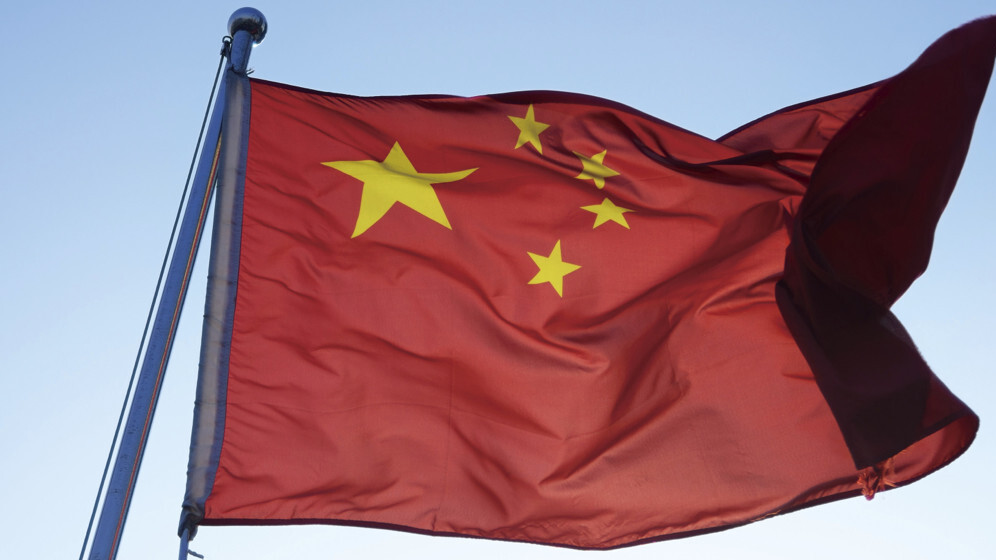
There’s been a lot of talk about internationalization among mobile game studios this year at the Global Mobile International Conference. I’ve sat in on enough talks to notice the consensus: localization – adding location-specific monetization features, and country-specific content – is being heralded as the answer to successful internationalization.
There are some that disagree, however. The Next Web caught up with CEO Bertrand Schmitt, CEO of mobile app analytics firm App Annie, where he explained why international firms must do more than just localize if they want to succeed in countries like China, Japan, and Korea.
Mobile games must be ‘social’ first and foremost
There’s a growing trend towards social in mobile gaming. Most visible in titles like King.com’s Candy Crush Saga, gamers are spending time (and money) playing with their friends.
It’s not about beating pals on leader boards in solo games like TempleRun any longer, however. Electronic Art’s Real Racing 3, for instance, transitioned from premium paid-for title to a freemium app, leveraging social with some success. EA revamped the game with new social mechanics, and it recently announced that it had reached 2.5 million daily players to date since its February 28, 2013 relaunch.
New dynamics are affecting former wisdom that suggested paid for apps were where the money is at, Schmitt says. “You make much more money on freemium than premium models, and if you want to be successful in freemium in terms of monetization, you need to provide a social experience,” he explains.
The East’s high barriers to entry
Even with social feature integrations, the barriers to enter the eastern market from the west, and visa-versa are high, Schmitt explains. “Even if they all try, it’s very hard to be successful.”
It’s not just cultural differences that make it difficult to break out, says Schmitt, but there is also the issue of target segments.
Think of it this way, he explains. There are so many different types of games. People in different parts of the world have grown up playing one type of game, whether it’s a feature phone game, PC title, console, or social games. This is apparent in Japan and Korea. “For some games, you don’t want to play them if you haven’t been playing them for the last ten years,” says Schmitt.
If you look at the top ten games in Japan and Korea – App Annie scrapes download and revenue data from Google Play and iTunes – there’s not a single foreign app cracking the top grossing list. In fact, Schmitt says that top games in the U.S. will find it near-impossible to break out into the top of the charts in Japan or Korea. “Some people don’t want to play certain games if they haven’t grown up playing those types of games for the last ten years,” he adds.
For example, ZeptoLab’s Cut the Rope was successful in many countries, but he says that the game barely has a presence in Japan despite launching there.
I argued that Rovio and Halfbrick were a couple of game studios that stood out for breaking out internationally. Schmitt was quick to correct me to say that while titles like Fruit Ninja, Jetpack Joyride, and Angry Birds may have broken into regions like Asia in terms of downloads, that doesn’t mean the revenue generated is remarkable in those parts of the world.
So what is a game to do if localizing just a few features here and there probably won’t help a mobile game all that much?
Breaking apart and localizing the game to improve chances of succeeding in certain countries is an option, but that would risk the game mechanics.
There are still some ways to make a pretty penny in China. One strategy that companies like Halfbrick have employed is to partner with localized marketing, distribution, and publishing companies that know China inside-out like iDreamSky (based in Shenzen).
Chinese game apps ‘will flourish’
Mobile gaming in China is certainly thriving, but the cost of entering the country is what will make international developers think twice.
Schmitt says that the market is too fragmented right now, which is a concern shared by many publishers. In China there are 500 Android app stores to choose from, and other partnering distributors and marketers to choose from.
But there’s ample evidence to suggest that the market is changing for the better. “From what App Annie knows about the Chinese market, we’re starting to see a consolidation of the top five or six app stores – the distribution platforms,” says Schmitt. Monetization is following suit. China’s three major carriers released a joint billing SDK for developers.
Schmitt is optimistic about the future of China and mobile gaming. China is definitely growing this year says Schmitt and he believes that there will be successful and high grossing game publishers on both iOS and Android in China. But he predicts that the successful publishers “will mostly be Chinese companies.”
Read the rest of our coverage from GMIC 2013 here.
Image credit: Thinkstock
Get the TNW newsletter
Get the most important tech news in your inbox each week.




